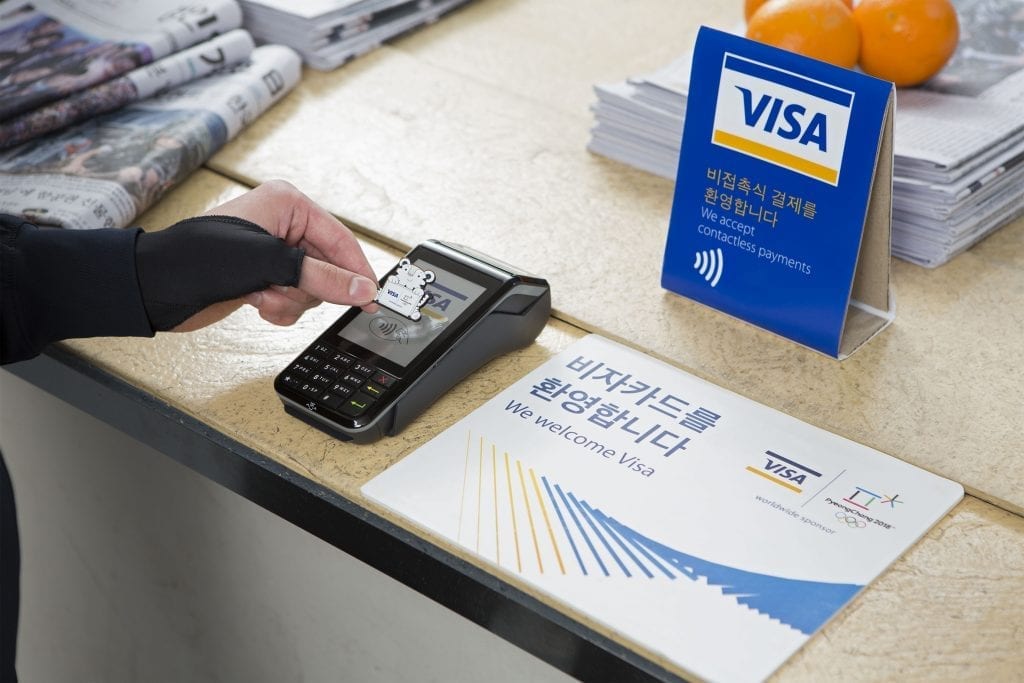
Australian regulators are considering intervention to stop banks from using Visa and MasterCard as their default options to route debit card payments in a move that would save up to $230 million per year.
The pro-consumer move targets «tap-and-go» card payments made through the two global networks which according to a retailer association results in $203 million to $230 million of additional costs per year. Governor Philip Lowe was quoted in a report as advocating for retailers to be given cheaper alternatives such as local payment network EFTPOS (Electronic Funds Transfer at Point Of Sale) which would cost half as much as Visa or Mastercard.
We have made it very clear to the banking industry that we expect them to develop the functionality to allow the merchant to choose which payment rails it goes through, the international schemes or the EFTPOS schemes, Lowe said in Canberra after a speech. If that process doesn’t work, then we would have to consider a regulatory solution.
The Reserve Bank of Australia (RBA) is currently reviewing the country’s payment regulations to address strategic issues such as the impact of new payment technologies, new fintech players, regulatory technology and potential for digital currency. Whilst intervention is not preferred, governor Lowe noted that is an option that authorities will consider.
Regulating here is not the preferred option but it is a fallback option if we don’t see the required change, he said.
Earlier this week, RBA’s head of payments policy Tony Richards also commented on the matter earlier this week and suggested that legacy issues were the root of the problem.
One of the possible reasons for the major banks dragging their feet on least-cost routing is that they each havvery extensive relationships with the large international schemes – we will be exploring this in the review.

